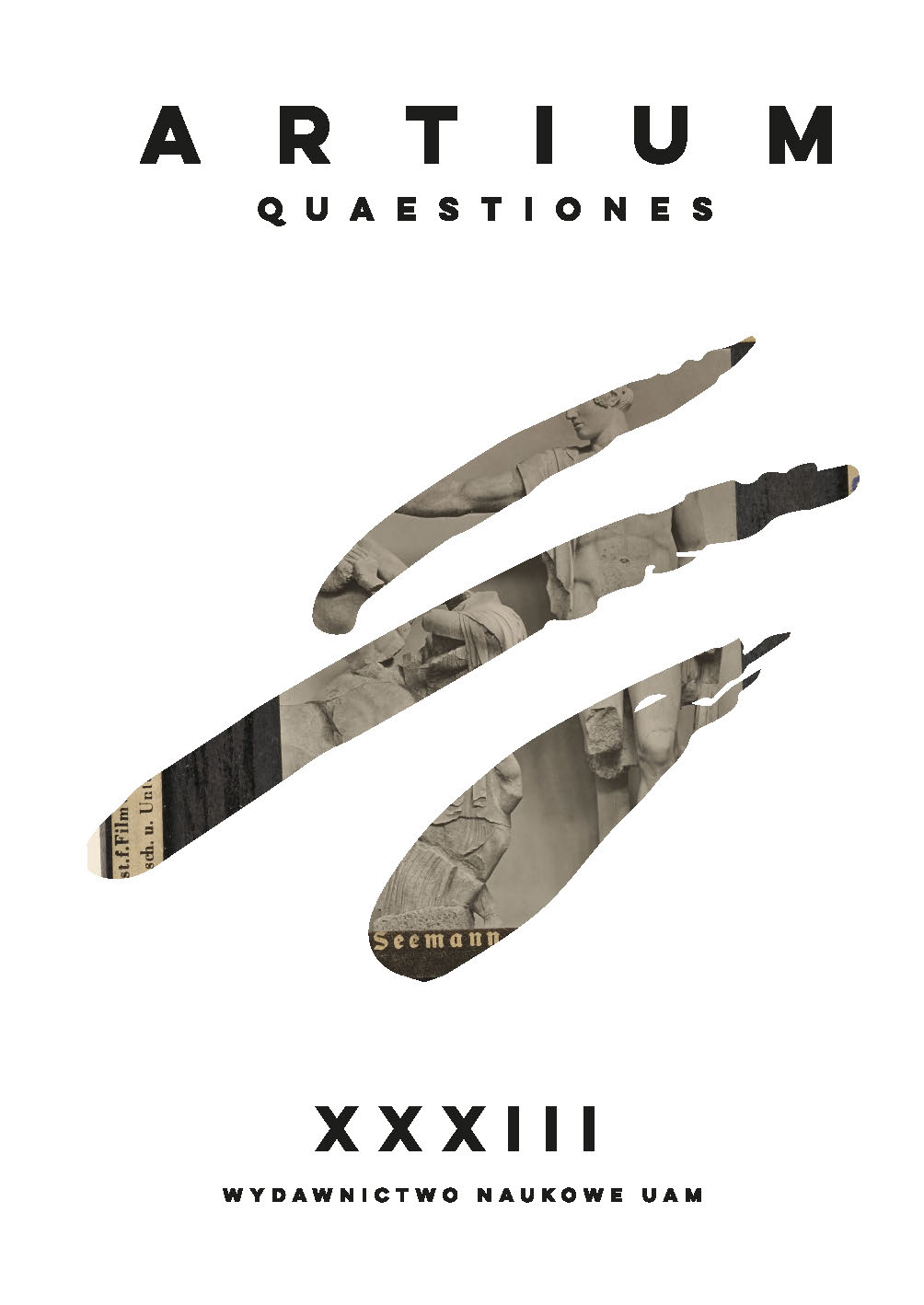Double Index. The Self-Shadow in American Photography of the Second Half of the 20th Century
Double Index. The Self-Shadow in American Photography of the Second Half of the 20th Century
Author(s): Julia StachuraSubject(s): Cultural history, Photography
Published by: Uniwersytet Adama Mickiewicza
Keywords: self-shadow; self-portrait; index; photography; double
Summary/Abstract: The article focuses on the notion of the image of self-shadow in American photography in the second half of the twentieth century, understood as a shadow silhouette of the creator captured in a photograph. The two main problems that concern the author’s research are the lack of current, theoretical study on the problem of shadow in the history of photography from the perspective of art history (V. Stoichita, R. Casati, P. Cavanagh, H. Kanaan) and the lack of the definition of the phenomenon of self-shadow and its possible types in self-portraiture. The author’s proposition of a definition of self-shadow is based on selected photographs by four artists whose works touch upon the problem of shadow in the context of relations between the “self” and the “other” (Lee Friedlander), race and subjective invisibility (Shawn W. Walker), mask and the other-self (Andy Warhol), and the intimate recording of identity (Nan Goldin). In her analyses, the author discusses the problem of the hybrid ontology of the shadow, which is both visible and visual. In this understanding, the shadow not only refers to a physical body, present “here and now” but more importantly evokes a sense of presence, even when the artist’s body is absent in the picture. The double index refers to the image leaving its mark both in reality and on light-sensitive paper. The rudimentary, vitalistic relation linking the human body with its shadow is only a starting point for analyses of the complexity of its status and symbolism. The concepts framing Andy Warhol’s Polaroid are twinning, the mask, and the Jungian theory of the shadow archetype. To discuss the self-portrait of Shawn W. Walker, the author applies the literary-philosophical concept of invisibility based on writings from Black existentialists (W.E.B. Du Bois, F. Fanon, R. Ellison). The analyses of Lee Friedlander’s photograph have been based on the psychological distinction between the figures of the “self” and the “other”. The closing concepts that frame Nan Goldin’s self-portrait are the haptic thinking subject (M. Smolińska) and the notion of a diary. The critical apparatus of the study is supplemented by contemporary analyses of the myth of Narcissus, the mythical origins of the self-portrait, and the notion of the index (after R. Krauss, M. Michałowska, M.A. Doane).
Journal: Artium Quaestiones
- Issue Year: 2022
- Issue No: 33
- Page Range: 279-299
- Page Count: 21
- Language: English

